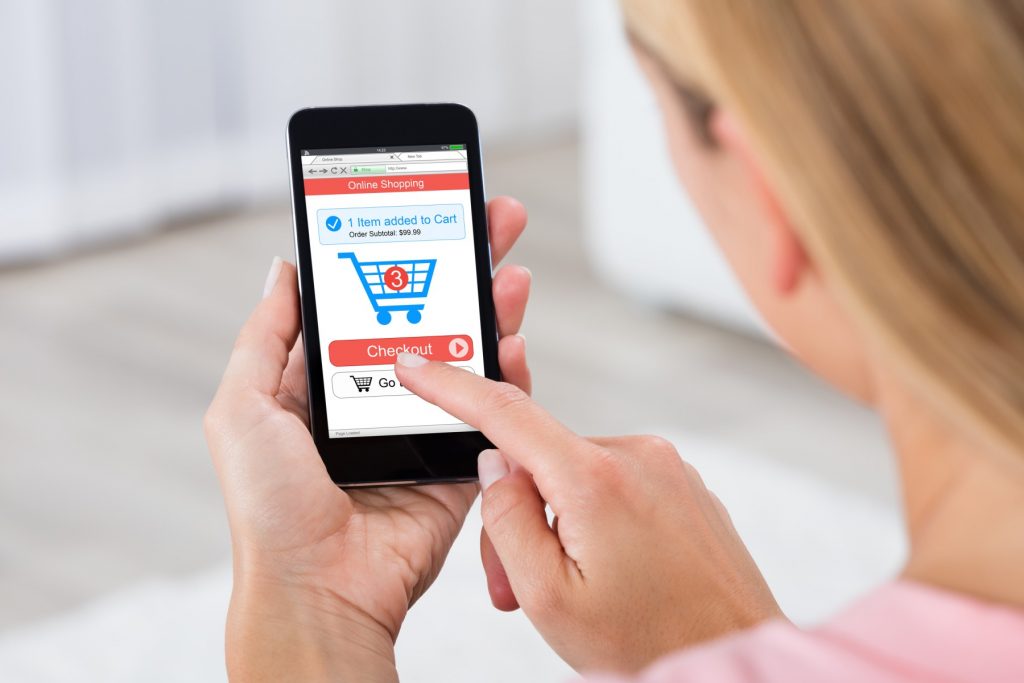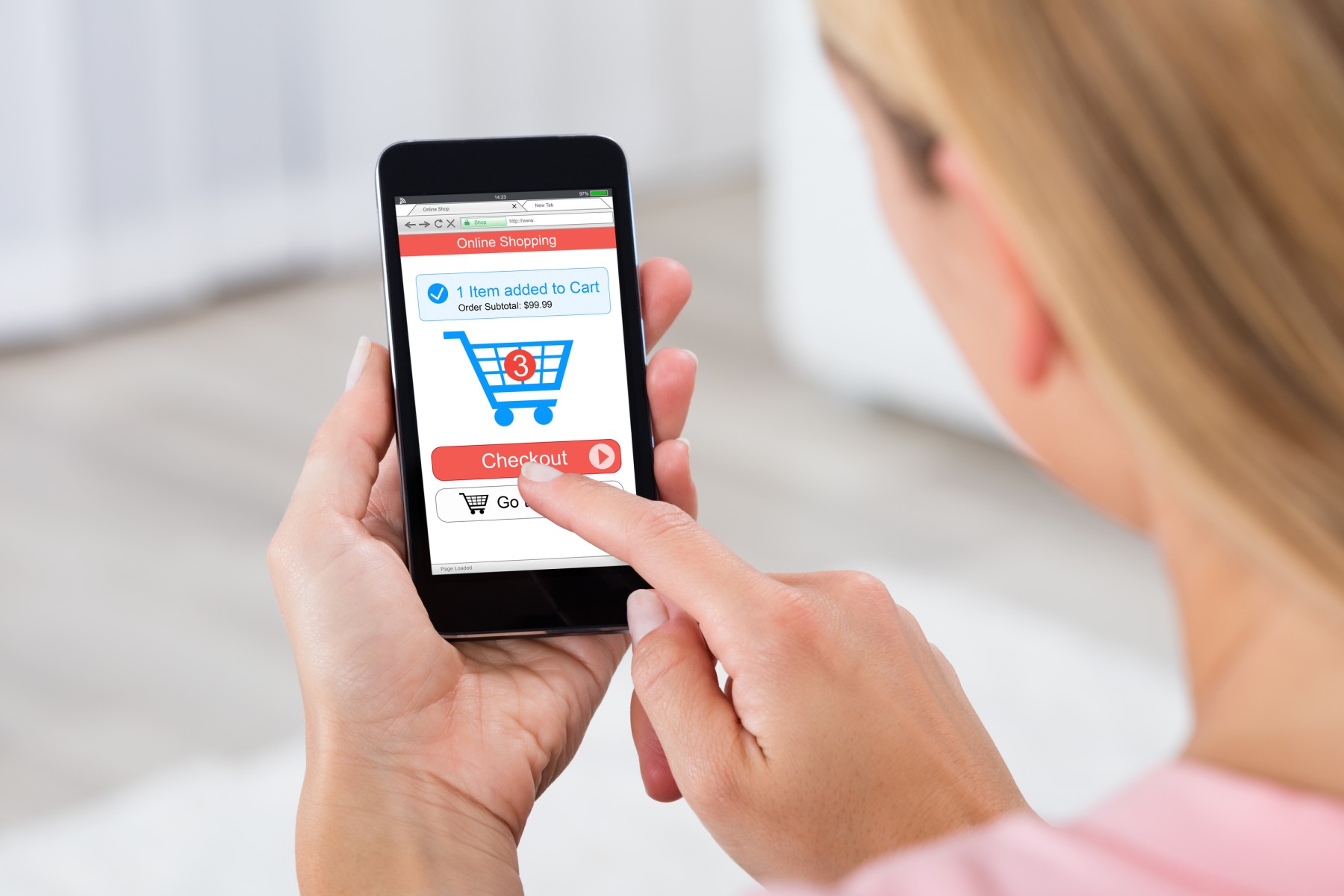What eCommerce Holds for 2021 as the Pandemic Continues its Coast to Coast March?
December 2, 2020While COVID-19 has created many issues for most businesses, it has accelerated the eCommerce adoption on both the demand and supply sides.

As per the IBM Retail Index, eCommerce adoption has grown by a 5x multiple. The biggest impact is on the brick & mortar retail front. Over 80% of the retailers are experiencing declining growth as more consumers prefer shopping online instead of visiting the stores.
Ecommerce Will Grow Faster in 2021.
1. Changing Buyer Behavior
One of the biggest catalysts of eCommerce growth is changing buyer behavior. The average consumer has become dynamic in two folds – what she buys and where she buys have changed.
For instance, people are now spending lesser time and resources buying discretionary products like clothing, fashion, and apparel since most of them are working from home and not partaking in any social events. Instead, they have started spending more on alcohol, home décor, and groceries.
2. Unprecedented Times will Continue
Even if the retailers do not agree that they will have to face reality sometime very soon. Some people are under the false assumption that the demand has deferred across industries and will rebound once the vaccines are out. In reality, industry verticals like B2B eCommerce are already growing. B2B eCommerce sales grew by about 18% and touched $1.3 trillion in 2020. Even in the direct-to-consumer space, brands have witnessed a growth of nearly 52% in demand. (Stats source)
3. eCommerce Technology is Evolving at a Fast Pace
The very technology that powers the eCommerce industry is changing. Businesses are spending less time on developing and more time optimizing their online stores. More evolved eCommerce businesses are now deploying AI and big data to give a personalized experience. Subscription services are now promoting customers into recurring customers. And more secure digital transactions are further enhancing the brand equity of online retailers.
What are Buyers Seeking from Future Ecommerce Stores?
1. Personalized Shopping Experience
Consumers of online eCommerce marketplaces and retail fronts expect much more than a functional website – they are seeking a personalized shopping experience. They want the entire shopping experience to be augmented with product recommendations, UI elements and offers tailored to their preferences and shopping history.
To get this personalization level, online retailers are leveraging big data and AI that capture every granular detail across each website visit and the shopping cart. Brands can expect bounce rates of their websites to decrease by over 45% with more personalized experiences.
2. Mobile Shopping
The global m-commerce market is projected to touch $3.5 trillion by 2021, growing at a rate of over 33% per year. Easy accessibility to the internet and the computation power of smartphones have made it more convenient for shoppers to use phones to buy online.
M-Commerce comes with its own sets of caveats. Since the screen is smaller, the eCommerce platform has to be adaptive to the changing dimensions. Static websites tend to get penalized, especially in the m-commerce segment. Moreover, users expect faster browsing and safer navigation as they explore the website. Some users also prefer lighter eCommerce apps that do not take up a lot of space in their phones.
3. Multiple Delivery Channels & Contactless Delivery
Consumers are expecting online stores to offer multiple delivery options. Not long ago, the only alternative available in this area was the choice of delivery partners. Now, consumers want a more adaptive set of options that maximize their convenience.
‘Buy Online, Pickup in Store’ is one such trend. As the name suggests, consumers place the order online and then pick up the store’s package. The store also acts as the primary touchpoint for reverse logistics. Options like curbside pickup are also ranking high on preference, where the consumer places an online order and then picks up the package on a drive-thru route.
Take Your Business Online with a Fully Managed & Hosted eCommerce Solution
4. AR/VR Experience in Shopping
Augmented and Virtual Reality has already shown great traction with products like FaceApp. Generally, the fashion & apparel segment is considered the ideal use-case for AR since it allows users to try products virtually before placing an order.
AR also has great applications in home-décor. Since this segment consists of large-ticket purchases, businesses considering eCommerce in 2021 should also consider integrating AR capabilities to their store-front.
5. Multiple Payment Options
Users are now having access to multiple e-wallets, credit cards, debit cards, coupons, and even cryptocurrencies. Being flexible with available payment options would mean the store should be designed to allow integrations with multiple transaction processing vendors. While this may be a challenge for the store operators, it is becoming a high-preference feature for the consumers. With today’s ecommerce store builders, you can leverage multiple payment options to your customers.
6. Social Commerce
Instagram has already added the feature of allowing users to buy what they see on an influencer’s post. The other side of this relationship is how well the store can integrate social media with its online platform. Beyond the basic social media buttons, the stores have to provide an integrated experience that prompts and allows users to share their shopping experience on social media and easily buy products they saw being promoted on social media ads.
How to Start an Ecommerce Store in 2021?
There are two distinct ways to launch an eCommerce store in 2021:
1. Long & Arduous ‘Build It From Scratch’ Approach: The idea here is to hire a dedicated team or an agency to develop a store from scratch for you. Each element, feature, functionality, and integration would be in line with your brief. However, as you are just starting, you might not have the data on audience preferences and optimize or redesign the store again. This will add to the costs of development. Plus, you will also need a dedicated team to maintain the store. The onus of security on the platform will also come on you.
2. Turnkey Solutions: Turnkey eCommerce solutions like Quick eSelling help you launch your store in just a matter of a few minutes. If you have your product portfolio already available, you can practically launch your online store in next to no time.
Quick eSelling is used by thousands of businesses across the globe. The insights from all these users have been used to optimize the store. It comes with a customized and stunning store-front and a well-engineered backend system. It integrates with several payment gateways like Amazon Payments, PayPal, Paytm, Razorpay, and many more.
The turnkey ecommerce platform adds tremendous value with its innovative marketing features like the integrated CRM for the mobile and desktop stores and the ad scanner. With its comprehensive product display pages, dynamic store-front to reflect offers & customized experiences, zero coding necessary, and managed hosting, you will be able to focus on growing your business while the store runs flawlessly.
Sign up here to Start Your Online eCommerce Store for Free
Conclusion:
2021 is going to be an interesting year in the ecommerce industry, where we can see a lot of physical stores are transforming to ecommerce to sell online. Also, with growing online shopping trends like contactless delivery, omnichannel selling, social commerce, etc. it would be interesting to see what other new trends will emerge in 2021.

0 Comments